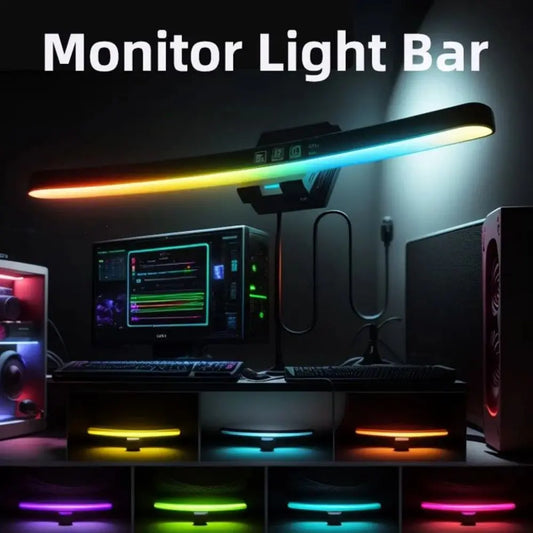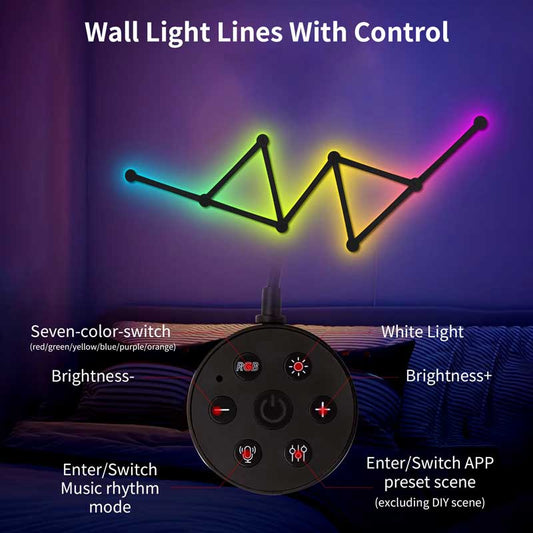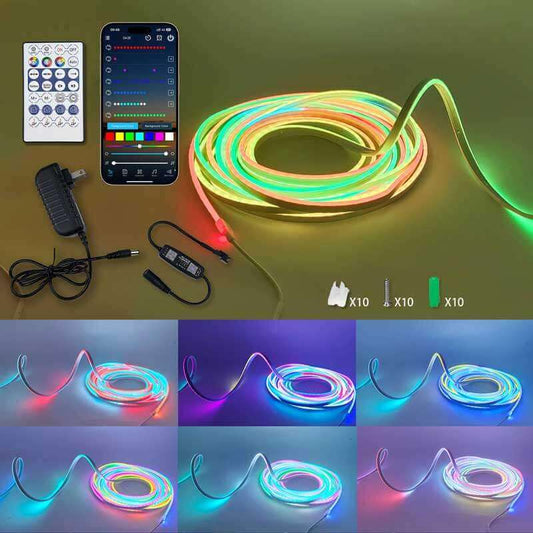What was the first gaming console?
Share
The first gaming console in history is a topic of some debate, as it depends on how one defines "console" and "video game." However, the generally recognized first true home video game console is the Magnavox Odyssey, released in 1972.
1. The First Gaming Console:
Magnavox Odyssey
- Release Year: 1972
- Manufacturer: Magnavox
- Significance: The Magnavox Odyssey was the first home video game console that could be hooked up to a television and used to play electronic games.
Key Features:
- The Magnavox Odyssey did not have a CPU or sophisticated graphics like today's consoles. It had no sound (only visual output) and could only produce simple shapes and lines.
- The console came with game cartridges (a major innovation at the time) for different games, but these games were extremely basic, often just moving dots around the screen.
- It included paddle controllers that resembled a rudimentary version of modern joystick controllers.
- The Odyssey came bundled with games like "Tennis" (similar to Pong), "Hockey", and "Ping Pong", which were very simple, two-player games.
Is the Magnavox Odyssey Still Active?
The Magnavox Odyssey is no longer active, as it was a product from over 50 years ago. It was discontinued in 1975 after selling around 350,000 units, which was a modest success at the time. The games were simple, and the system lacked the technology to compete with future consoles. However, it laid the groundwork for future consoles by introducing the concept of home gaming on a TV screen.
2. Other Early Consoles:
After the Odyssey, a number of other early gaming consoles were released, many of which were directly inspired by the Odyssey's design and Pong (a game developed by Atari in 1972). Some of these early consoles include:
Home Pong (1975)
- Released by Atari, this was a dedicated console that could only play the game Pong.
Color TV-Game (1977)
- Produced by Nintendo, this was Japan's first video game console. It came with built-in games like Pong-style games and was quite successful in Japan.
Atari 2600 (1977)
- Perhaps the most famous early console, the Atari 2600 is often credited with revolutionizing the home console market. It was the first console to feature interchangeable cartridges, enabling players to play a wide variety of games, and it became a huge hit in the late 1970s and early 1980s.
Do the Games Still Active?
The games themselves from these early consoles, such as Pong or the simple games from the Magnavox Odyssey, are not active in the traditional sense. These games were incredibly basic by today's standards and are no longer being updated or supported. However, many of these games and their concepts are preserved and have had a lasting impact on the gaming industry.
Some ways these games live on today include:
-
Emulation and Retro Gaming:
- Many of these classic games have been preserved through emulators, which allow modern devices to run old games. You can find collections of these early games in various retro gaming packs or online compilations (e.g., Atari Flashback).
-
Reboots and Remakes:
- Games like Pong have seen numerous reboots, re-releases, or adaptations. For example, Pong has been incorporated into modern gaming consoles and even turned into new experiences for mobile devices or online platforms.
-
Cultural Influence:
- The gameplay mechanics of these early games, such as paddle controls or two-player competitive games, have had a lasting impact on game design. Modern games still sometimes take inspiration from the simplicity and competitiveness of games like Pong.
Conclusion:
The Magnavox Odyssey is recognized as the first home video game console, marking the beginning of the video game industry in 1972. While the Odyssey itself and its games are no longer active, the legacy of early consoles and their simple games lives on through emulation, nostalgia, and the continuing influence they had on later gaming technology and design. Many early games have been preserved, rebooted, or are available in retro gaming collections, allowing players to experience them in modern times.




